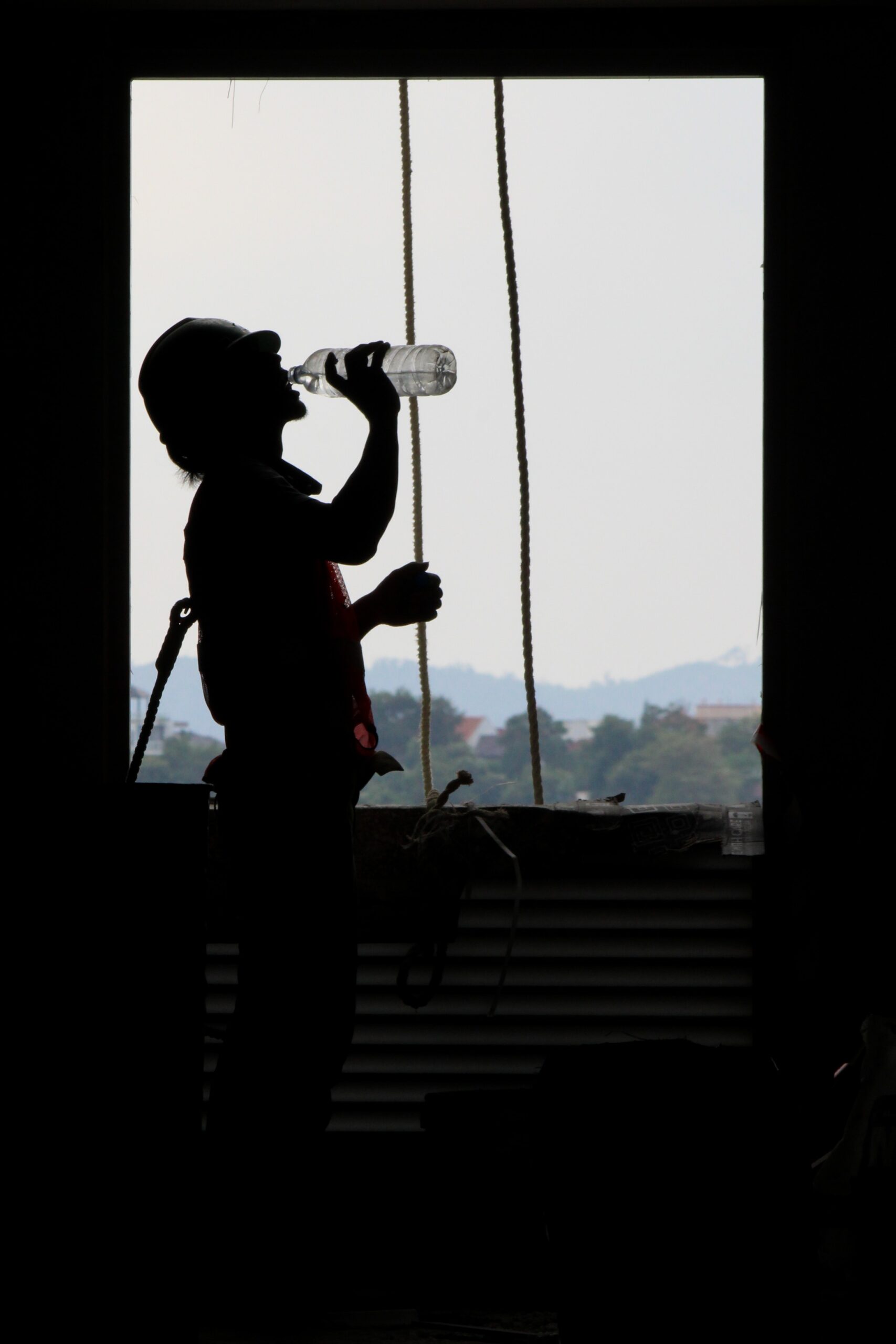Trenches & Excavations
What are the Hazards? There are several hazards to consider before working in or around open trenches/excavations. Some of these hazards include:
-
Cave-ins
-
Underground utilities (gas, electrical, water, sewage, etc)
-
Falling objects
-
Hazardous atmospheres
-
Mobile equipment
Requirements for working in trenches/excavations
4ft-For trenches equal or deeper than 4 ft. established
means of access and egress must be established.
5ft- For trenches equal or deeper than 5ft cave in
protection must be implemented
20ft- For trenches equal or deeper than 20ft. protection must be designed by a registered physical engineer.
Access & Egress
Can consist of a straight ladder or ramp and must be always within 25ft of the trench occupants. Cave In Protection
Consists of sloping walls (34 ° angle), benching the walls, shielding with a trench box, or an engineered support system called shoring.
Soil Classifications
Soil classification must be determined prior to working in trenches and excavations by a competent person. Utilize SWA if there is any question with soil classification. Contact your supervisor with concerns.
Digging New Excavations
Before digging any new excavation by mechanical means, all utilities must be identified and marked according to 811 Call before you Dig Guidelines. Weather, project delays, etc can often alter the work schedule and render a digging permit invalid. Contact your Manager with Questions.
Hand digging
After the depth of underground utilities have been identified, hand digging/non mechanical digging (hydro-excavation) must occur within 2ft. of all
underground utilities.
Identifying Underground Utilities
Underground utility lines will be identified according to a universal color-coding system.
Other Safety Considerations
-
All spoil piles & equipment must be kept at a minimum 2ft from the edge of excavations to prevent the risk of potential cave ins.
-
Monitor for gases at different levels to gather an accurate reading before entering excavations.
-
Wear Hi-Viz Clothing while working around or near open excavations.
-
Machine/Equipment will not be used in rescue operations.
-
Water negatively affects the structural integrity of trenches, remove using a pump prior to entering.
-
If a trench is left unattended there must be barricades/notification systems installed to prevent bystanders from falling into the trench.
-
Visual trench inspections must be completed daily before entering any excavation and after rainstorms. Look for cracks in the soil, sluffs in the soil, weak spots etc. Do not enter any excavation that appears to have potential hazards.





